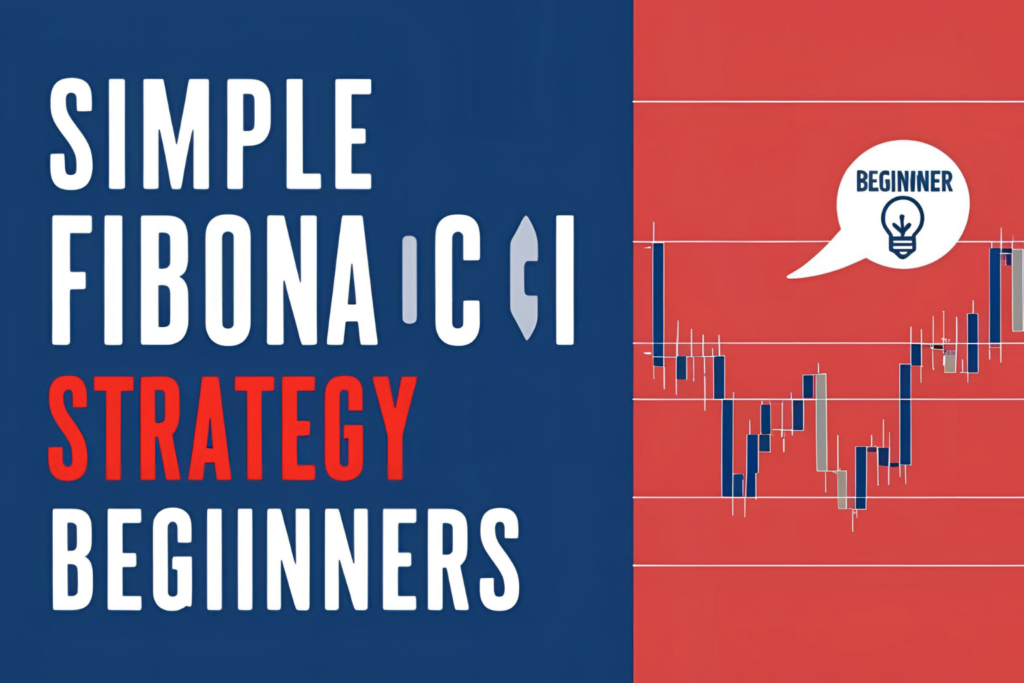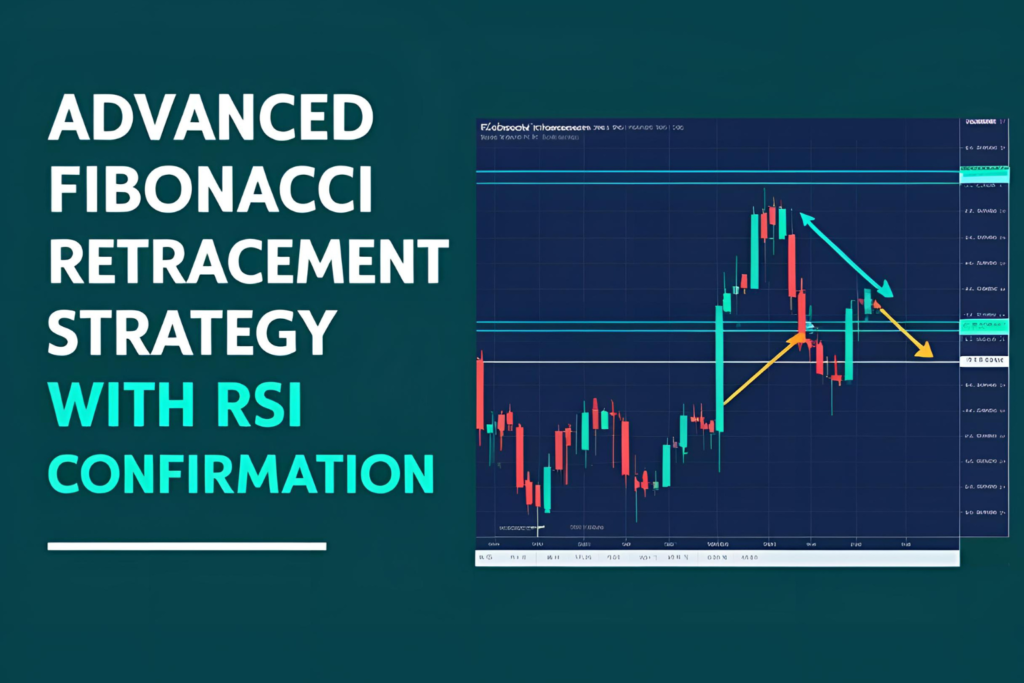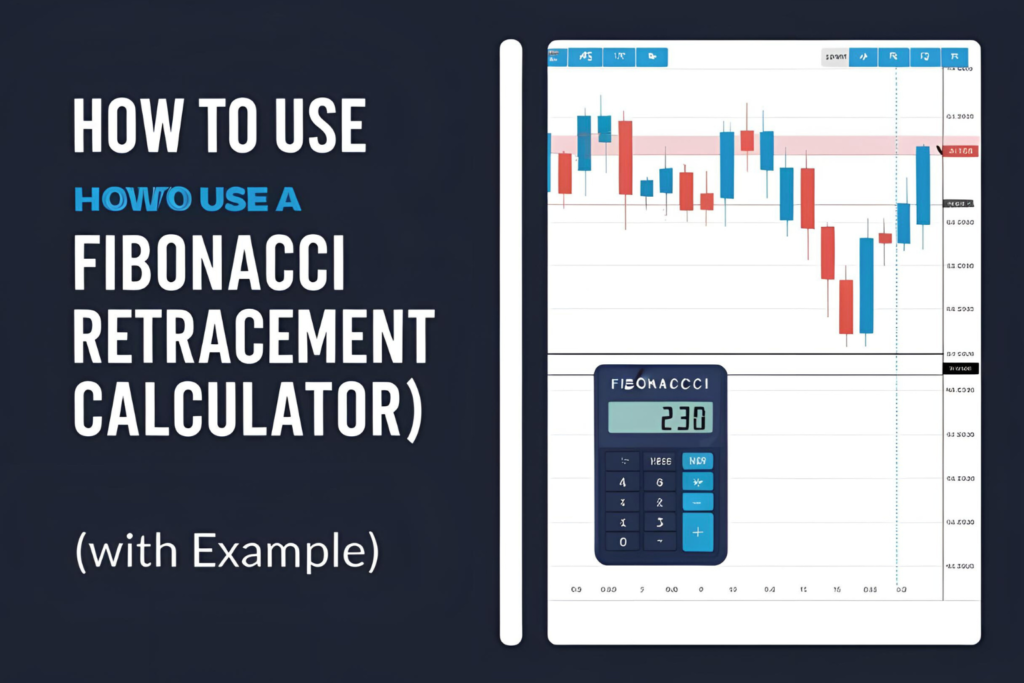While both tools come from the Fibonacci sequence, Fibonacci retracement and Fibonacci extension serve different purposes in technical trading. One helps you find pullback zones, and the other helps you forecast profit targets.
In this guide, we break down Fibonacci retracement vs Fibonacci extension so you know exactly when and how to use each.
What Is Fibonacci Retracement?
Fibonacci retracement is used to measure how far a price may pull back from a recent move. Traders use it to find potential support or resistance zones during corrections.
Key Levels:
- 23.6%, 38.2%, 50.0%, 61.8%, 78.6%
Use Case:
- Enter trades on pullbacks during a trending move
What Is Fibonacci Extension?
Fibonacci extension projects how far price may travel beyond a recent move. It helps traders set profit targets once a trend resumes.
Key Levels:
- 127.2%, 161.8%, 200%, 261.8%
Use Case:
- Plan exits and take-profits during extended price runs
✅ Key Differences at a Glance
| Feature | Fibonacci Retracement | Fibonacci Extension |
|---|---|---|
| Purpose | Identify pullback zones | Identify price targets |
| Direction | Retraces within trend range | Projects beyond swing high/low |
| Used For | Entry & stop-loss planning | Profit-taking targets |
| Common Levels | 38.2%, 50%, 61.8%, 78.6% | 127.2%, 161.8%, 200% |
| Placement | Low to high or high to low | Requires three points (A-B-C) |
How to Use Both Together
- Draw Fibonacci retracement after a strong move
- Wait for price to pull back into a retracement zone (e.g., 61.8%)
- Once price resumes the trend, use Fibonacci extension to set your target zone (e.g., 127.2% or 161.8%)
Example
- Swing Low: $100
- Swing High: $150
- Price retraces to 61.8% = $119.10
- Price rallies again
- Extension levels:
- 127.2% = $165.80
- 161.8% = $180.90
These become logical target zones.
When to Use Each Tool
| Trading Situation | Use This Tool |
|---|---|
| Spotting pullbacks | Fibonacci Retracement |
| Setting profit targets | Fibonacci Extension |
| Planning trade entries | Retracement with confirmation |
| Forecasting price runs | Extension levels |
Final Thoughts
The difference between Fibonacci retracement and extension lies in their purpose: one looks back to analyze retracements, while the other looks forward to project price targets. When combined, they offer a complete trading framework from entry to exit.
Master both tools, and you’ll gain greater clarity in trade planning and risk management.
✅ FAQs
1. Can I use both retracement and extension in one trade?
Yes! Use retracement for entry, and extension for exit planning.
2. What platforms offer both tools?
TradingView, MT4/MT5, Thinkorswim, and many more.
3. Are extension levels always hit?
No. Use confirmation signals before relying on any level.
4. Is the 61.8% used in both tools?
It’s common in retracements, but not typically part of extension levels.
5. Should I use the same swing points for both?
Extensions usually require three points: swing low (A), swing high (B), and retracement (C).



